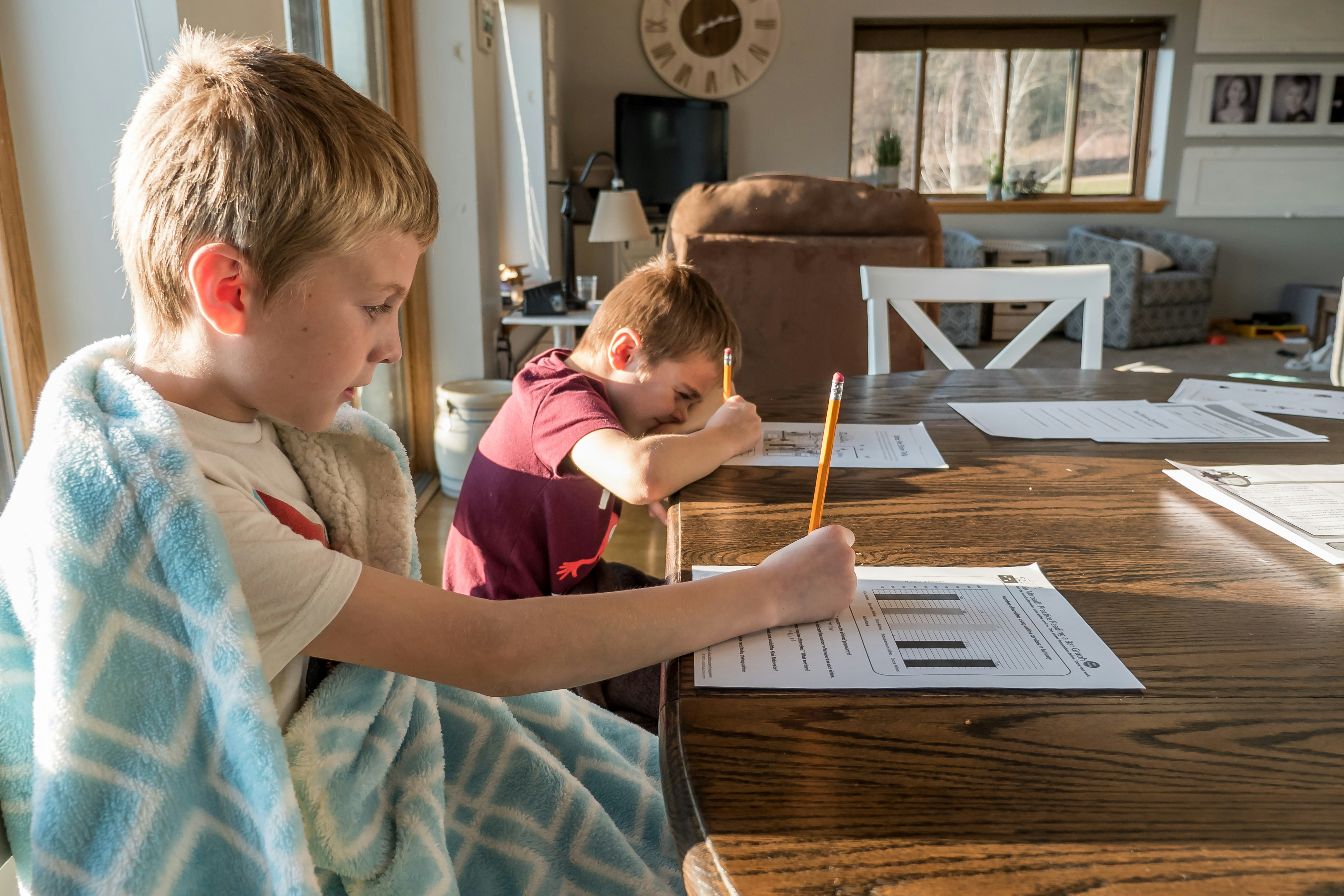
Best Approaches to Homeschooling for Various Learning Styles
Families find that homeschooling allows them to shape learning experiences around individual strengths and interests. Each learner benefits from a customized approach that pays attention to how they absorb information, whether through seeing, hearing, or doing. Parents often notice greater curiosity and enthusiasm when lessons reflect these natural preferences. By matching teaching styles to a child’s way of understanding, the learning process becomes more engaging and memorable. These tailored experiences can help each person feel confident and motivated, turning daily lessons into opportunities for discovery and growth rather than repetitive tasks. Homeschooling, at its core, celebrates the differences that make every learner unique.
Matching instruction to preferred brain paths delivers deeper understanding and encourages exploration. You can transform a kitchen counter into a chemistry lab for a hands-on learner or guide someone through a history podcast that captivates an auditory mind. Clear setups and inventive activities turn homes into dynamic education studios. Let’s explore specific approaches that bring learning styles to life.
Different Learning Styles and How to Recognize Them
Recognizing how each individual processes information helps you offer lessons that resonate. Visual learners thrive on images and spatial organization. Auditory learners engage when listening and speaking guides the lesson. Kinesthetic learners find movement and touch essential for retaining new concepts.
- Visual Learners: Prefer charts, diagrams, color-coded notes, and videos
- Auditory Learners: Engage with lectures, discussions, audio recordings, and rhythmic rhyme
- Kinesthetic Learners: Enjoy building, experimenting, role-play, and fieldwork
Setting Up Your Homeschool Environment
Create a space that adapts to multiple learning modes to help maintain focus and flexibility. Organize distinct zones where visual, auditory, or hands-on tasks shine. Dedicate an area for drawing and maps, a cozy nook for audio sessions, and a flexible table for experiments to ensure smooth transitions throughout the day.
- Identify Zones: Dedicate corners for reading, hands-on projects, and screen-based activities.
- Gather Supplies: Stock up on whiteboards, clipboards, quality headphones, sensory materials, and versatile seating options.
- Adjust Lighting & Sound: Use natural light when possible and add adjustable lamps. Install a simple speaker or noise-cancelling headphones to control auditory stimuli.
- Label & Rotate: Place clear labels on bins and shelves. Refresh materials weekly to spark renewed interest.
Invest in storage solutions that keep tools within arm’s reach while maintaining a tidy atmosphere. Rolling carts, stackable totes, and drawer dividers let you swap lesson essentials in seconds. When materials stay visible and organized, learners feel empowered to dive right into the task at hand.
Techniques for Visual Learners
Color and imagery can turn abstract ideas into vivid stories. Create mind maps that trace concept connections with bold lines and shapes. Use sticky notes in different hues to organize timeline events or categorize vocabulary words. When abstract formulas hide meaning, craft infographics to illustrate each step.
- Interactive Timelines: Pin printed images on a string or chart paper to walk through historic events as a gallery talk.
- Concept Sketches: Encourage doodling book chapters or science processes to reinforce memory through drawing.
- Video Snapshots: Split a documentary or tutorial into short clips, then assign a visual summary poster for each segment.
Digital tools can enhance visual approaches. Explore *Khan Academy*’s graphing modules for math or flip through *National Geographic Kids* photo galleries to spark science papers. Encourage photo journaling during nature walks, then compile a digital scrapbook that merges personal images with short reflections. When lessons feel tangible, learning truly pops off the page.
Techniques for Auditory Learners
Words carry power when they ring in the ears. Record custom podcasts summarizing daily objectives or discussions, then let listeners replay complex ideas until they resonate. Turn vocabulary lists into rhymes or jingles. Inviting someone to explain a concept aloud not only tests understanding but also reinforces recall through repetition.
Storytelling sessions link new information with familiar narratives. Connect historical facts to a dramatic retelling or develop character voices for science concepts. A biology lesson on cells becomes a theater piece with each organelle playing a unique role. This approach brings content to life through audio drama and memorable dialogue.
- Discussion Circles: Host short debates on current events or classic texts. Encourage note-taking afterward to reinforce key arguments.
- Audio Walks: Use smartphone recorders to narrate observations during nature hikes, then discuss findings over a snack.
- Interview Projects: Assign caregivers or friends to simulate expert interviews. Learners craft questions, listen actively, and transcribe insights.
Techniques for Kinesthetic Learners
Tactile engagement dissolves passive worksheets. Turn math problems into physical token sorting or use measuring cups to demonstrate fractions. Chemistry becomes a hands-on lab on the kitchen counter, complete with household ingredients. When people handle objects, they develop muscle memory that cements abstract ideas.
Role-play invites movement into grammar and social studies. Act out scenes from classic literature or model courtroom trials for constitutional studies. Build simple machines with LEGO bricks or craft edible cell models for biology. Experimentation boards let learners rearrange parts until they grasp foundational principles.
- Physics with Toys: Explore motion by racing toy cars down ramps set at varying angles. Chart distances and draw conclusions.
- Geo Hunts: Hide map symbols around the room or backyard. Each discovery triggers a mini-lesson on geographic features.
- DIY Labs: Equip learners with a basic toolkit—pipettes, beakers, safe chemicals—for weekly science challenges.
Regular reflection helps you evaluate which tactics work best. Set brief check-ins after each week to review progress and tweak upcoming plans. Encourage journaling through sketches, voice notes, or quick video diaries. These snapshots of growth guide your next phase of lessons and keep motivation high.
Matching lessons with a learner’s natural preferences builds confidence and independence. When teaching aligns with their rhythm, curiosity grows, making learning an engaging journey rather than a chore.